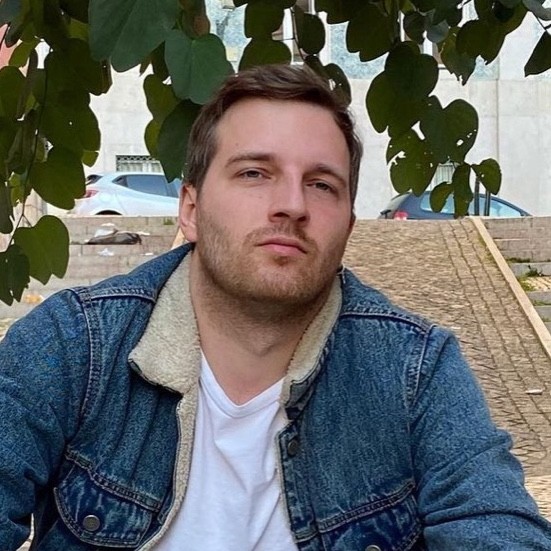Wat Pho, also spelled Wat Po, is a Buddhist temple complex in the Phra Nakhon District. It is on Rattanakosin Island, directly south of the Grand Palace. Known also as the Temple of the Reclining Buddha, its official name is Wat Phra Chetuphon Wimon Mangkhalaram Rajwaramahawihan The more commonly known name, Wat Pho, is a contraction of its older name, Wat Photaram.
The temple is first on the list of six temples in Thailand classed as the highest grade of the first-class royal temples. It is associated with King Rama I who rebuilt the temple complex on an earlier temple site. It became his main temple and is where some of his ashes are enshrined. The temple was later expanded and extensively renovated by Rama III. The temple complex houses the largest collection of Buddha images in Thailand, including a 46 m long reclining Buddha. The temple is considered the earliest centre for public education in Thailand, and the marble illustrations and inscriptions placed in the temple for public instructions has been recognised by UNESCO in its Memory of the World Programme. It houses a school of Thai medicine, and is also known as the birthplace of traditional Thai massage which is still taught and practiced at the temple.
History
Wat Pho is one of Bangkok's oldest temples. It existed before Bangkok was established as the capital by King Rama I. It was originally named Wat Photaram or Podharam. The name refers to the monastery of the Bodhi tree in Bodh Gaya, India where Buddha is believed to have attained enlightenment. The date of the construction of the old temple and its founder are unknown, but it is thought to have been built or expanded during the reign of King Phetracha (1688–1703). The southern section of Wat Pho used to be occupied by part of a French Star fort that was demolished by King Phetracha after the 1688 Siege of Bangkok.
After the fall of Ayutthaya in 1767 to the Burmese, King Taksin moved the capital to Thonburi where he located his palace beside Wat Arun on the opposite side of the Chao Phraya River from Wat Pho. The proximity of Wat Pho to this royal palace elevated it to the status of a wat luang ('royal monastery').
In 1782, King Rama I moved the capital from Thonburi across the river to Bangkok and built the Grand Palace adjacent to Wat Pho. In 1788, he ordered the construction and renovation at the old temple site of Wat Pho, which had by then become dilapidated. The site, which was marshy and uneven, was drained and filled in before construction began. During its construction, Rama I also initiated a project to remove Buddha images from abandoned temples in Ayutthaya, Sukhothai, as well other sites in Thailand, and many of these retrieved Buddha images were kept at Wat Pho. These include the remnants of an enormous Buddha image from Ayuthaya's Wat Phra Si Sanphet destroyed by the Burmese in 1767, and these were incorporated into a chedi in the complex. The rebuilding took over seven years to complete. In 1801, twelve years after work began, the new temple complex was renamed Phra Chetuphon Vimolmangklavas in reference to the vihara of Jetavana, and it became the main temple for Rama I.
Arrival of the King of Siam at Wat Pho, 13 October 1865 The complex underwent significant changes over the next 260 years, particularly during the reign of Rama III (1824-1851 CE). In 1832, King Rama III began renovating and enlarging the temple complex, a process that took 16 years and seven months to complete. The ground of the temple complex was expanded to 56 rai (22 acres), and most of the structures now present in Wat Pho were either built or rebuilt during this period, including the Chapel of the Reclining Buddha. He also turned the temple complex into a public center of learning by decorating the walls of the buildings with diagrams and inscriptions on various subjects. On 21 February 2008, these marble illustrations and inscriptions was registered in the Memory of the World Programme launched by UNESCO to promote, preserve and propagate the wisdom of the world heritage. Wat Pho is regarded as Thailand’s first university and a center for traditional Thai massage. It served as a medical teaching center in the mid-19th century before the advent of modern medicine, and the temple remains a center for traditional medicine today where a private school for Thai medicine founded in 1957 still operates.
The name of the complex was changed again to Wat Phra Chetuphon Vimolmangklararm during the reign of King Rama IV. Apart from the construction of a fourth great chedi and minor modifications by Rama IV, there had been no significant changes to Wat Pho. Repair work, however, is a continuing process, often funded by devotees of the temple. The temple was restored again in 1982 before the Bangkok Bicentennial Celebration.




